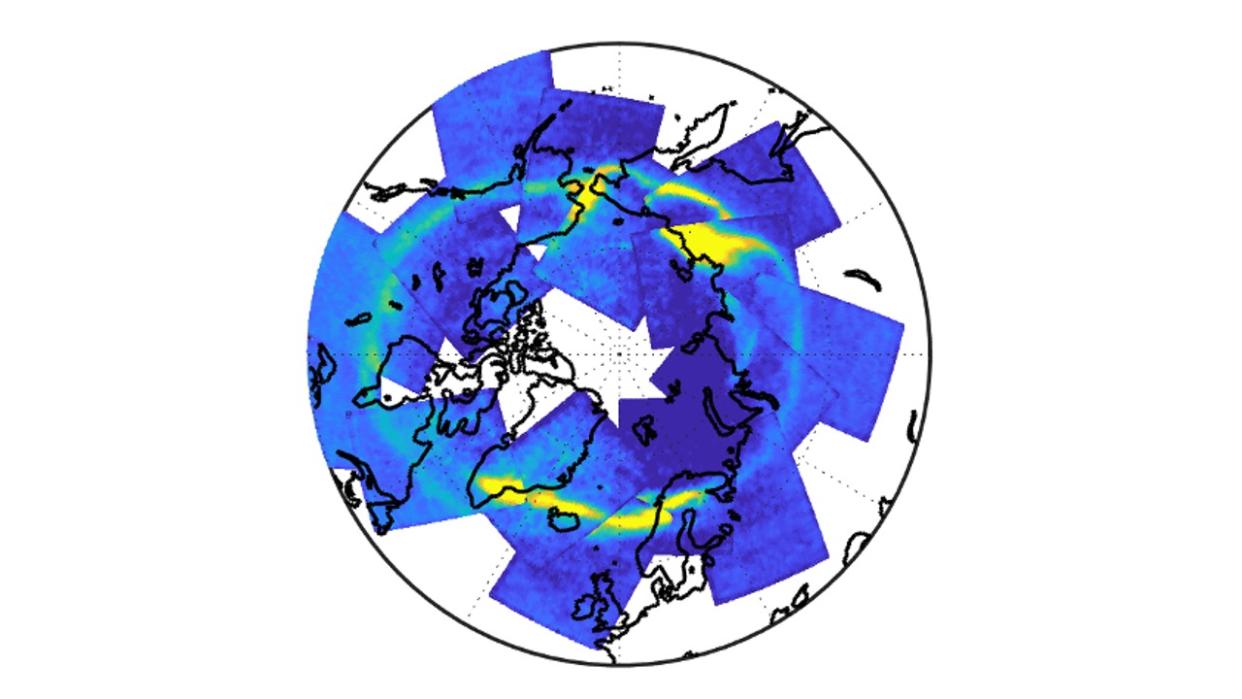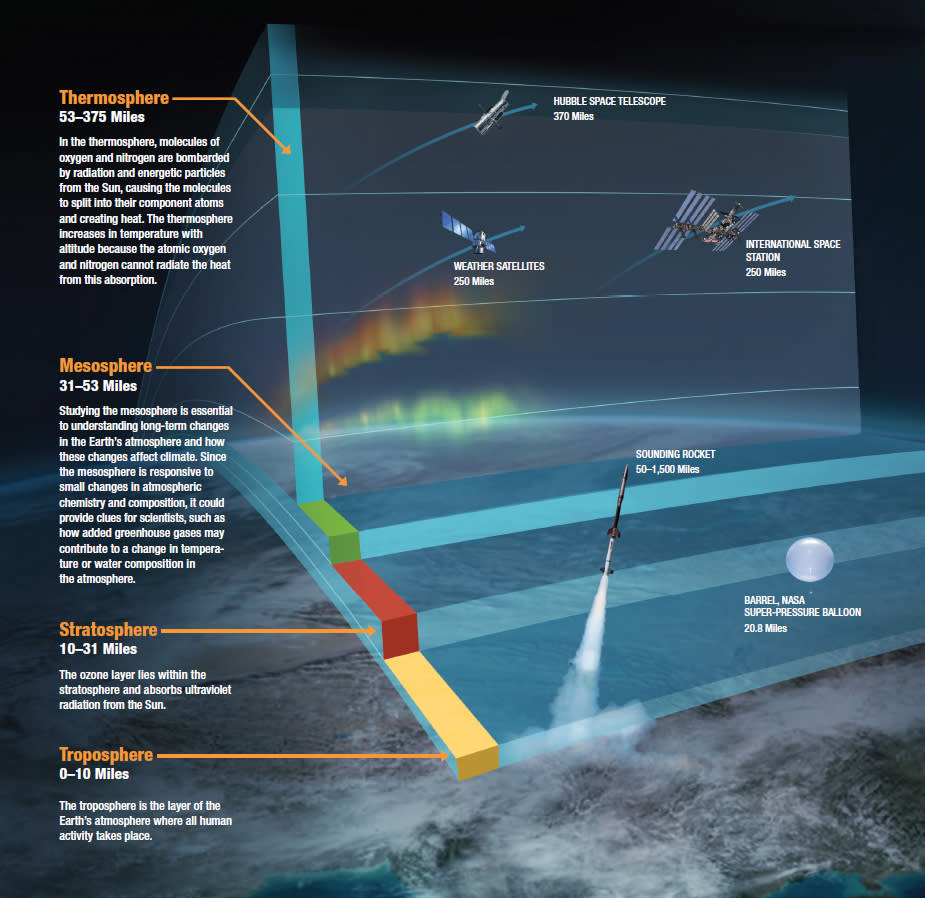Satellites uncover 'invisible' auroras glowing in infrared in Earth's atmosphere

Is an aurora still as impressive if its invisible?
The Northern Lights, also known as auroras, are well known for their stunning displays of shimmering color, a delight for human eyes. They're also extremely interesting for science, since they're created by intense charged particles streaming from the sun and interacting with Earth's atmosphere.
Now, scientists have found another aurora here on Earth — but unlike the better known Northern Lights, this one doesn't put on a show for humans. In fact, it's completely invisible to the naked eye.
Researchers led by Earth scientist Katrina Bossert at Arizona State University just observed an aurora glimmering in infrared light, created by the interaction of these energetic cosmic particles and carbon dioxide in Earth's atmosphere. "This offers a new way to observe Earth's aurora from space. Different auroral emissions can be associated with different altitudes and particle energy," Bossert in a statement.
Related: Where to see the northern lights: 2023 aurora borealis guide
"The finding of Dr. Bossert's paper is extremely important because it not only provides us with new means to study aurora, but also a deeper understanding of how the space environment and Earth's upper atmosphere are intertwined," says University of Alaska Fairbanks geophysicist Doğacan Su Öztürk, who was not involved in the new work.
Earth's atmosphere is like a layer cake, with the bottom, densest layer near the surface (the troposphere, where most weather happens) and the most tenuous layers up top. The thermosphere and ionosphere overlap, two of the highest layers between 80 to 700 kilometers above Earth's surface. This is where the Karman line that defines the edge of space exists, around 62 miles (100 km), and the typical colorful auroras happen between 62 and 155 miles (100 to 250 km) high as a result of atomic oxygen colliding with energetic particles from space.

The infrared aurora Bossert found, however, is the result of carbon dioxide. Although we usually think of this as a greenhouse gas, it exists throughout multiple layers of Earth's atmosphere. Its aurora happens a little lower than the others, around 90 kilometers. The team observed this aurora with NASA's AIRS instrument, the Atmospheric Infrared Sounder, aboard the Aqua Earth-observing satellite. This orbiter launched all the way back in 2002, and has been collecting data about Earth since.
Observing auroras from space has some distinct advantages; from the ground, scientists can't see auroras during the daylight, and they're limited in how much of the sky any one telescope can cover. AIRS, on the other hand, has been observing infrared energy — including that from the aurora — every day for years. This data set covers over 20 years, and will be invaluable to future studies of the aurora. "It's very exciting to have a view of the aurora in a different way," says Bossert.
Auroras are an important window into Earth's atmosphere for scientists, and there's still a lot we don't know about how the cosmic environment interacts with the upper layers of our atmosphere.
Studies like this give scientists a better picture of "when and where auroral activity is happening," says Öztürk. They're also trying to figure out "just how far energetic particles can make it into Earth's atmosphere," says Bossert. It's still unknown how the carbon dioxide aurora varies with seasons, too, which may relate to fluctuations in the levels of carbon dioxide in the atmosphere.
RELATED STORIES:
— 'Absolutely unreal:' NASA astronaut snaps amazing photo of auroras from space station
— Aurora myths, legends and misconceptions
— Aurora colors: What causes them and why do they vary?
In addition to the big data set, Bossert and team did reveal a new bit of information about the upper atmosphere: That the energetic particles funneled towards Earth by our magnetic field deposit their energy by smacking into carbon dioxide molecules.
"This will help us understand mechanisms that generate large-scale disturbances that travel across the globe," adds Öztürk. Understanding the aurora will also help create more accurate space weather forecasts—so hopefully, you'll never get caught out in a solar storm again!
Their results were recently published in the journal Geophysical Research Letters.

